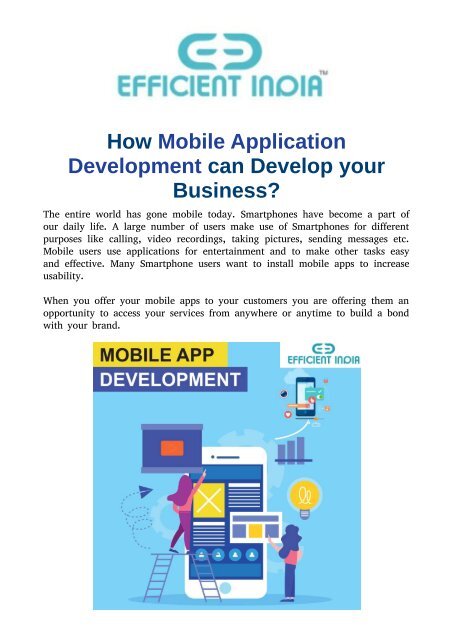

- HOW TO BECOME AN APP DEVELOPER FOR OTHER BUSINESSES HOW TO
- HOW TO BECOME AN APP DEVELOPER FOR OTHER BUSINESSES PRO
- HOW TO BECOME AN APP DEVELOPER FOR OTHER BUSINESSES SOFTWARE
HOW TO BECOME AN APP DEVELOPER FOR OTHER BUSINESSES SOFTWARE
Many software teams follow an Agile framework closely, meticulously employing each Agile practice, including the ones above.
Doing retrospective meetings when the sprint is over to discuss what went well, what went wrong, and what could be improved. Holding daily 5-10 minute standup meetings where the team checks in on progress and discusses challenges. Planning out the work to be done in a sprint, or a set period of time (usually 2-4 weeks). Displaying public boards so the team - and stakeholders - can track progress. Writing tickets that describe all the units of work necessary to accomplish the items in the backlog.  Creating a list (or backlog) of prioritized work. But, some key practices most of the frameworks share include: There are many Agile practices - all of which are subservient to the larger effort of operating within Agile values. Responding to change over following a plan. Give them what they want and need, or you may run out of contracts to sign.) (Or: Stay in touch with your customers. Customer collaboration over contract negotiation.
Creating a list (or backlog) of prioritized work. But, some key practices most of the frameworks share include: There are many Agile practices - all of which are subservient to the larger effort of operating within Agile values. Responding to change over following a plan. Give them what they want and need, or you may run out of contracts to sign.) (Or: Stay in touch with your customers. Customer collaboration over contract negotiation. 

When you get something done and show it to people, you can see what’s working and what’s not.)
(Or: Getting stuff done is better than talking or writing about getting stuff done. Working software over comprehensive documentation. (Or: Getting people to self-organize and talk to each other about what they’re working on. Individuals and interactions over processes and tools. And, each of these frameworks stem from the values spelled out in the Agile Manifesto: Scrum, Kanban, and XP are the most widely-used software development frameworks under the Agile umbrella. The Agile Manifesto came from a group of developers wanting to write software better, and the Agile movement has been generally taken over as a project management approach. Quick glossary: Metaverse (TechRepublic Premium)īefore describing how non-tech teams have used Agile practices successfully in their teams and businesses, let’s review what Agile is exactly. HOW TO BECOME AN APP DEVELOPER FOR OTHER BUSINESSES HOW TO
Paging Zefram Cochrane: Humans have figured out how to make a warp bubble Log4j: How to protect yourself from this security vulnerability The best programming languages to learn in 2022
HOW TO BECOME AN APP DEVELOPER FOR OTHER BUSINESSES PRO
SEE: Tech Pro Research’s Project Management Resource Kit What is Agile? Like the folks at NPR, many non-tech teams have found that employing an Agile mindset and using Agile practices can help their team or business get more done, make their customers happier, and make their teams more collaborative. A notable example is NPR has used Agile to reduce programming costs by up to 66%. Though Agile was created with software in mind, non-tech teams have begun adopting Agile. Studies show that about a third of all software projects use some form of Agile methodology. Since 2001 when Agile values and principles were formalized in the Agile Manifesto, Agile has become the standard process for software development. Learn how non-tech teams and companies have used Agile methodologies to make their businesses more successful. How to apply Agile practices with your non-tech team or business








 0 kommentar(er)
0 kommentar(er)
